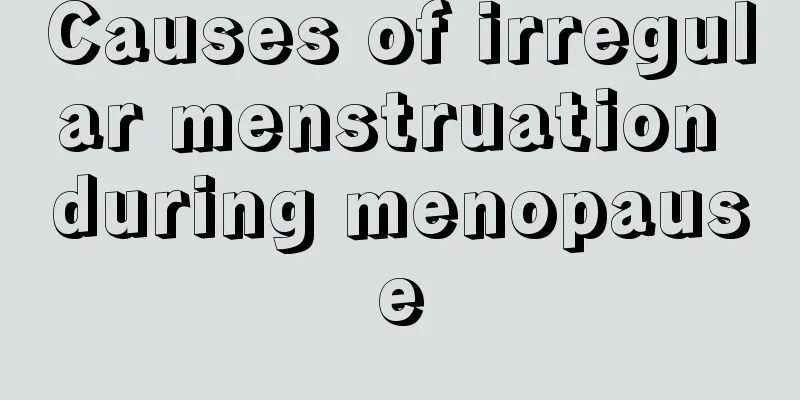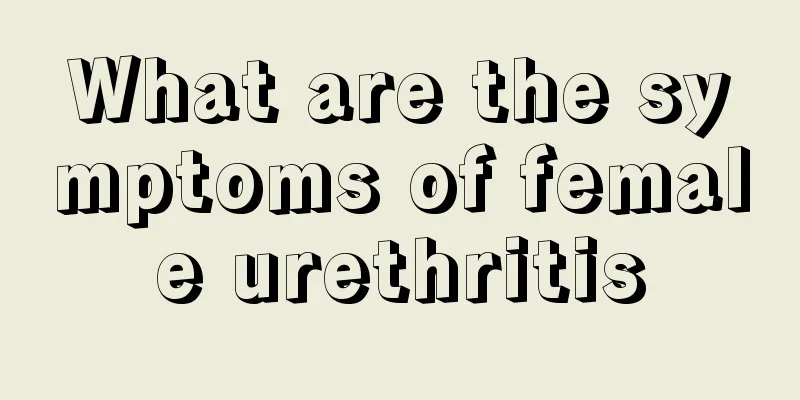Gynecological spray door

|
The pylorus is the part where the stomach and esophagus meet. It is the passage at the upper end of the stomach. Food in the esophagus enters the stomach through the pylorus. There are muscles on the pylorus that can contract and relax to prevent food and gastric juice that enter the stomach from backflowing into the esophagus. Relaxation of the cardia can cause erosion and inflammation of the esophagus. Cardiac cancer can cause food obstruction and inability to swallow, and patients need timely treatment. The esophageal mucosa is connected to the gastric mucosa at the pylorus. The expansion of the lower esophagus here can tighten the upper opening of the stomach, preventing the stomach contents from returning to the esophagus during gastric peristalsis, thereby preventing gastric juice from burning the esophageal cavity (the gastric mucosa itself is acid-resistant). In a normal body, even when lying flat or upside down, the contents of the stomach will not reflux into the esophagus, which is also due to the expansion of the lower esophagus. Some babies are prone to vomiting when lying down after drinking milk. One of the reasons is that the pyloric muscle is relatively weak. The treatment of pyloric disease also needs to be determined based on the actual cause and characteristics of the underlying disease. The main common pyloric diseases include cardia inflammation, cardia cancer, cardia polyps and so on. In clinical medicine, cardia inflammation is generally treated with medication. Common medicines include proton pump retarder, H2 blocker, gastric mucosal protective film or antacid. If Helicobacter pylori infection exists, triple or quadruple standard treatment should also be used. Cardiac polyps are generally treated with endoscopic polypectomy, and submucosal removal can also be used if necessary. Once cardiac cancer is confirmed, different treatment plans should be selected based on the actual installment. Surgical treatment is preferred, including proximal subtotal gastrectomy, total gastrectomy, and palliative gastrectomy. After the operation, it is necessary to decide whether further comprehensive treatments such as radiotherapy and chemotherapy are needed based on the actual pathological condition. |
<<: What does gynecological endocrinology check?
>>: Which is better for gynecological embolization?
Recommend
Female lower back right kidney pain
Many women suffer from the trouble of right side ...
What causes itching around the breasts?
If a woman feels itchy around her breasts, it may...
What does the color of the facial makeup in opera represent? What does the white face in opera represent?
Face painting is a pattern painted on the face of...
Excessive exercise causes seven major harms to women
Exercise is something that modern people are very...
How to determine fetal arrest
Under normal circumstances, the baby's develo...
These 5 conditions in the mouth may be a warning sign of cancer! One is very common and should not be ignored.
Oral cancer is one of the 10 most common cancers ...
How to eliminate stretch marks after childbirth?
The birth of every baby is the hope of every fami...
How much does ectopic pregnancy surgery cost?
In recent years, the probability of female friend...
How should young diabetics control their blood sugar?
Xiao Gao just turned 30 and never thought that sh...
When was the Analects written? How many characters are there in the Analects?
The Analects is a collection of quotations compil...
How many days does a woman have when she is pregnant?
Generally speaking, if a woman is pregnant, her b...
A new coronavirus vaccine flew out of a moth? Scientists are working hard to make vaccines affordable for everyone
People are eager for the emergence of a new coron...
The most common symptoms of low estrogen levels are
Estrogen is an important hormone in the human bod...
Effects of female pelvic floor exercises for one year
Many women are prone to hemorrhoids after giving ...
What kind of oil is better for baby food? Should walnut oil be added to baby food?
When babies reach a certain age, mothers usually ...









